India’s cultural shades is interwoven with a kaleidoscope of colors, textures, and traditions, and perhaps no garment embodies this vibrant diversity quite like the saree. From the snow-capped peaks of the Himalayas to the sun-kissed shores of the Indian Ocean, each region of India boasts its own unique style of saree, reflecting centuries of tradition, craftsmanship, and artistic ingenuity. In this listical journey, we embark on an exploration of ten different types of Indian sarees, each a masterpiece in its own right, showcasing the rich heritage and timeless elegance of this iconic garment.From the luxurious silk weaves of Varanasi to the intricate tie-dye patterns of Rajasthan, join us as we unravel the stories behind these exquisite sarees and celebrate the artistry that continues to captivate hearts around the world.
1) Banarasi Saree: Originating from the city of Varanasi, Banarasi sarees are renowned for their opulent silk fabric and intricate gold and silver brocade work. They exude timeless elegance and are often adorned by brides during weddings and special occasions.
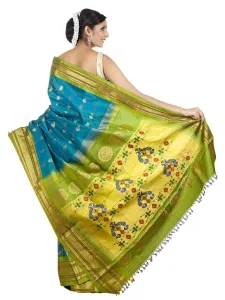
2) Kanjivaram Saree: Hailing from the town of Kanchipuram in Tamil Nadu, Kanjivaram sarees are celebrated for their rich silk texture and vibrant colors. They feature traditional motifs inspired by nature, temples, and mythology, making them a symbol of South Indian heritage.
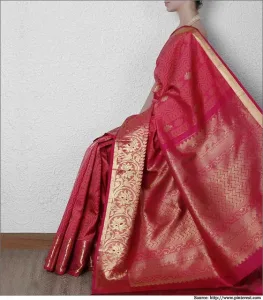
3) Chanderi Saree: Named after the town of Chanderi in Madhya Pradesh, these sarees are crafted from lightweight cotton or silk blend fabrics. Known for their sheer texture and delicate zari work, Chanderi sarees are perfect for both casual and formal wear.
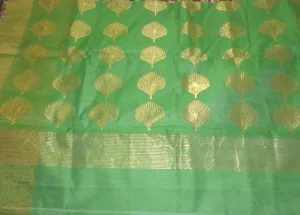
4) Bandhani Saree: Originating from the desert regions of Rajasthan and Gujarat, Bandhani sarees are characterized by their intricate tie-dye patterns. Crafted using a technique called “bandhej,” these sarees feature vibrant colors and geometric designs, making them a favorite for festive occasions.
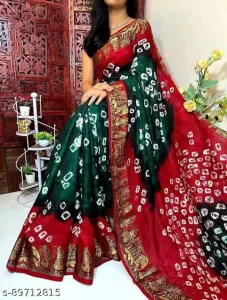
5) Paithani Saree: Native to Maharashtra, Paithani sarees are characterized by their rich silk fabric and elaborate zari borders. They often feature peacock and lotus motifs woven into the fabric, symbolizing beauty and grace.

6) Kota Doria Saree: Originating from the town of Kota in Rajasthan, Kota Doria sarees are crafted from lightweight cotton or silk blend fabrics. Known for their distinctive checkered pattern and delicate zari work, these sarees are perfect for summer wear.

7) Sambalpuri Saree: Hailing from the state of Odisha, Sambalpuri sarees are crafted using traditional tie-dye and ikat weaving techniques. They feature intricate motifs inspired by nature, folklore, and tribal art, making each saree a unique piece of art.
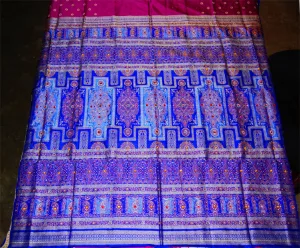
8) Leheriya Saree: Originating from Rajasthan, Leheriya sarees are known for their distinctive wave-like patterns created through tie-dyeing techniques. These sarees come in a riot of colors and are popular choices for festive celebrations and weddings.
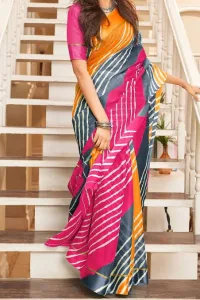
9) Tant Saree: Originating from West Bengal, Tant sarees are crafted from fine cotton fabric and are known for their airy feel and intricate handloom weaving. They come in a variety of vibrant colors and are popular choices for everyday wear, especially during hot and humid weather.
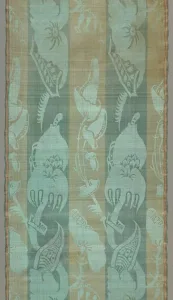
10) Patola Saree: Hailing from the state of Gujarat, Patola sarees are famous for their double ikat weaving technique, where both the warp and weft threads are dyed before weaving. These sarees feature intricate geometric designs and vibrant colors, making them prized possessions for special occasions.

Each type of Indian saree carries with it a rich heritage and craftsmanship, reflecting the diverse cultural tapestry of the country. Whether worn for weddings, festivals, or everyday wear, Indian sarees continue to captivate with their timeless beauty and elegance.
